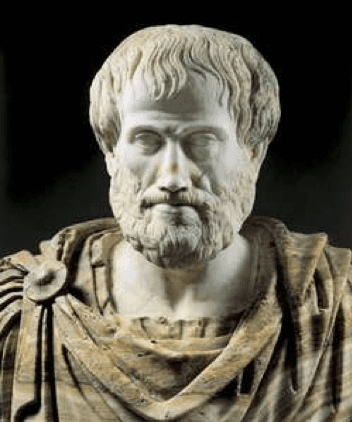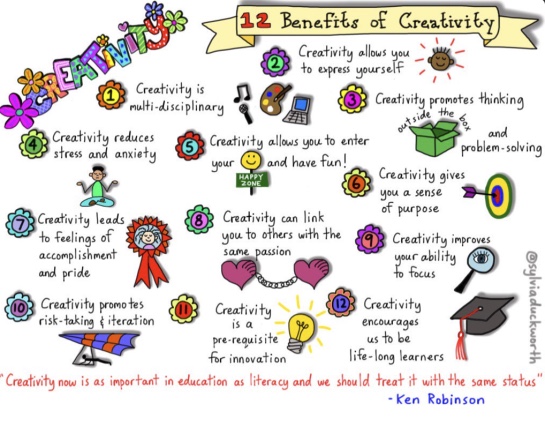When we practice (prac·tice), we carry out, apply; we do or perform often, customarily, or habitually. Practice also refers to systematic exercise for developing or improving proficiency (https://www.merriam-webster.com/dictionary/practice). As Aristotle, the great intellectual, ancient Greek philosopher and scientist (born 384 B.C., died 322 B.C.) observed,
“We are what we repeatedly do.”
The question is, then, what are we practicing?
It may be something so well practiced, we are not even aware of it. It is unconscious. It may be a tone of voice, a pace of speech or movement, a posture, an attitude, a certain way of doing something, a phrase we utter without thinking, or an emotional reaction to something or someone. When we practice something long enough, we establish a well-worn neuromuscular pathway and whatever we have practiced is literally “wired” into our nervous system. It becomes a habit, and because of that wiring due to repeated use, it requires less energy. It serves a useful physiological function in that regard. In addition, we default to the well-practiced pathway or habit pattern, particularly in times of stress.
In an article entitled You Are What You Practice (June 17, 2016), Richard Strozzi-Heckler, Ph.D., somatic educator, Aikido martial arts practitioner, and founder of the Strozzi Institute, wrote:
“A generative, or ontological practice is a conscious choice to embody a behavior that can be used in whatever situation we find ourselves. It is a commitment to a way of being in the world. It is life affirming, creative, and it produces a reality by how we orient to our life situation. Learning to type is a specific or ontical practice, it is specific to a certain skill and it takes care of a specific concern. But typing is useful only when we are typing. A generative practice we can use anytime, anyplace, even when we are learning to type. Generative practices are what we are concerned with… in producing exemplary leaders. In this case we are the practice. It is a noun not something we do but who we are and what it makes us.”
· Who do you want to be (in 2019, in another year, or five or twenty)?
· How do you want to respond to what the world is asking of you?
· What are the generative practices that will help you build the capacity needed for being who you want to be and doing what you want to do?
So how do we create new neural networks and effect change? How do we shift our habits?
We start by becoming aware of them and really getting to know them…by paying attention to what we are doing and how we are being. We direct our attention to our whole bodies – our minds and the thoughts, assumptions, and beliefs they generate; the emotions we experience; the physical sensations that we feel, such as temperature, pressure, tension, and movement; and our perceived relationship to our environment and to others in it. We can become more mindful – intentional about focusing our attention to become more aware in the moment – and we can observe ourselves in action. We can determine what comes just before the habit starts running – the cue or trigger – and what follows and its sequence (Duhigg, 2014). The things we notice help us know when we are running an old habit and then we can choose to intervene and practice something different. And practice is transformative! (Haines & Maina, 2016).

Aristotle, marble portrait bust, Roman copy (2nd century BC) of a Greek original (c. 325 BC); in the Museo Nazionale Romano, Rome: https://www.britannica.com/biography/Aristotle
The opportunity to generate change is available in each moment, not just at the beginning of a new year.
Some keys to successful change – facilitating it and sustaining it – are offered by Amanda Blake in her recently published book, Your Body Is Your Brain (2018). They include:
Disruption – Interrupt the long-held unconscious neuromuscular patterns before new learning can take root.
Relationship – Our brains change in the context of relationships. Find someone whose way of being you want to emulate, and who supports you in the change you want to make, and take time to really BE with them.
Emotional engagement – Make sure you have a heartfelt emotional connection to why change is important to you.
Attention – When you pay more attention to something, the stronger those neuromuscular pathways grow. Focus on what you want vs. what you don’t want.
Movement – Find or create movements that are relevant to the change you seek to make and practice them.
Practice – The brain changes through repetition. Incorporate all of the pieces above and repeat again and again. Find a practice that will build the capacity needed for the way of being and doing that you aspire to. Be realistic and choose something that you will actually do! Then commit to doing it on a regular basis at a similar time of day for a couple of months or about 66 days on average. Some people change habits in 18 days, others take a lot longer (>250 days). That’s roughly the timeframe for practice to embed a new habit. Then watch what happens with your repeated practice! Change isn’t magical – it requires awareness, intention, and committed practice over time.
All great minds have practices or Daily Rituals (Currey, 2014). All who perform at their peak, engage in deliberate practice (Ericsson & Pool, 2016). Practice takes many forms, and involving the body is a key factor in effecting change (Blake, 2018). For example,
- If you want to increase your confidence, try power posing for a few minutes before going into an interview or an important meeting.
- If you want to respond more calmly and be more at choice in the moment, pause and take a deep breath or two when you notice you are emotionally triggered.
- When you want to stay focused on what’s important to you, you can put your hand on your heart and connecting with your motivation, your “why”.
- If you are feeling anxious, bring your attention to your feet and feel your connection with the ground.
- If you want to engage different parts of your brain, build something with your hands.
- When you want to get “out of your head”, move your body.
- If you want to change your response, change your perception – see a situation through someone else’s eyes, step into their shoes, and imagine what it’s like to be that person. You can also imagine how someone you respect and admire would respond and practice that way of being – take on their posture, facial expression, and vocal tone, pace, and volume. Express yourself using similar language, gestures, and energy.
- If you want to build a new belief, you can repeat a mantra or an affirmation out loud several times a day and add a physical gesture or movement aligned with it.
- When you want to move towards a new future, create a vision board with words, images, colors, and other things that represent it; and then look at it and imagine what that future will look and feel like, and how you show up in it.
- If you want to be more flexible physically, stretch your muscles.
- If you want to be more open-hearted, try extending your arms and lifting your sternum to expand your chest.
- If you want to experience more appreciation and joy, keep a gratitude journal and write in it on a daily basis.
And while you’re practicing, cut yourself some slack now and then. We are all practicing as human beings…none of us does this living thing perfectly! With mindfulness practice, when you notice your attention has drifted from its focus, bring it gently and lovingly back, like a puppy that has wandered away after you asked it to stay. Similarly, when you notice your practice has gone by the wayside, offer yourself some compassion and come back to it, rather than abandoning it entirely. Remember what your practice has to offer you and where it can take you – reconnect with your motivation and step back in, again and again and again.
Resources
Blake, Amanda (2018). Your Body Is Your Brain. Trokay Press.
Currey, Mason (2014). Daily Rituals: How Great Minds Make Time, Find Inspiration, and Get to Work. Picador/Macmillan.
Duhigg, Charles (2014). The Power of Habit. Why We Do What We Do in Life and Business. Random House.
Ericsson, Anders, & Pool, Robert (2016). Peak: How All of Us Can Achieve Extraordinary Things. Vintage Digital.
Haines, Staci K. & Maina, Ng’ethe (2016). The Transformative Power of Practice. Strozzi Institute, June 17, 2016: https://strozziinstitute.com/the-transformative-power-of-practice/
Strozzi-Heckler, Richard (2016). You Are What You Practice. Strozzi Institute, June 17, 2016: https://strozziinstitute.com/you-are-what-you-practice/
EAI has advertising relationships with a few select companies. The referral links are below. If you click through and purchase something, EAI may receive a commission, at no additional cost to you. Click here for the full disclosure policy.














I am very happy to read this. This is the kind of manual that needs to be given and not the random misinformation that’s at the other blogs. Appreciate your sharing this greatest doc.
I am so happy to read this. This is the type of manual that needs to be given and not the random misinformation that’s at the other blogs. Appreciate your sharing this greatest doc.